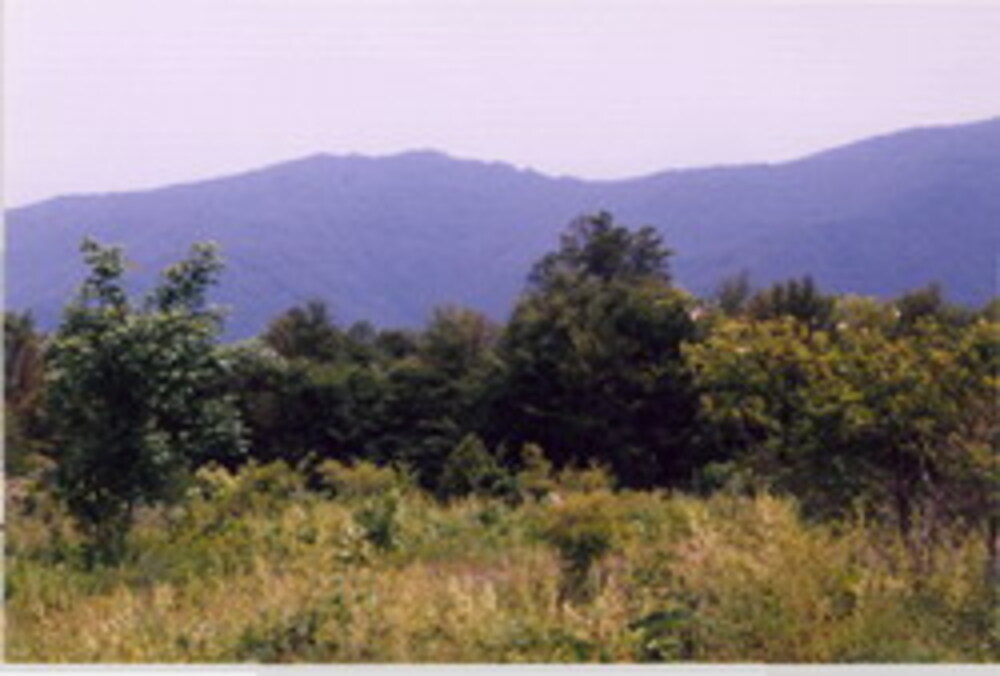On this day
![Sokolata Reserve: from Grazing Ground to Thriving Old-Growth Oak Forest]()
![Sokolata Reserve: from Grazing Ground to Thriving Old-Growth Oak Forest]() Sokolata Reserve (Environment and Water Ministry Photo)
Sokolata Reserve (Environment and Water Ministry Photo)
site.btaSokolata Reserve: from Grazing Ground to Thriving Old-Growth Oak Forest


Forty years ago, Sokolata in Southwestern Bulgaria was declared a reserve by an order of the Council of Ministers' Committee for the Conservation of the Natural Environment. The decision has led to sweeping changes that showcase the potential
/LG/
news.modal.header
news.modal.text